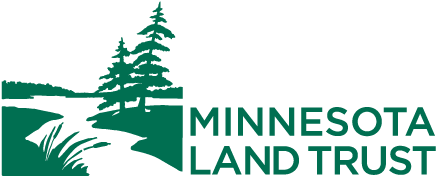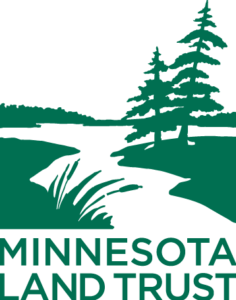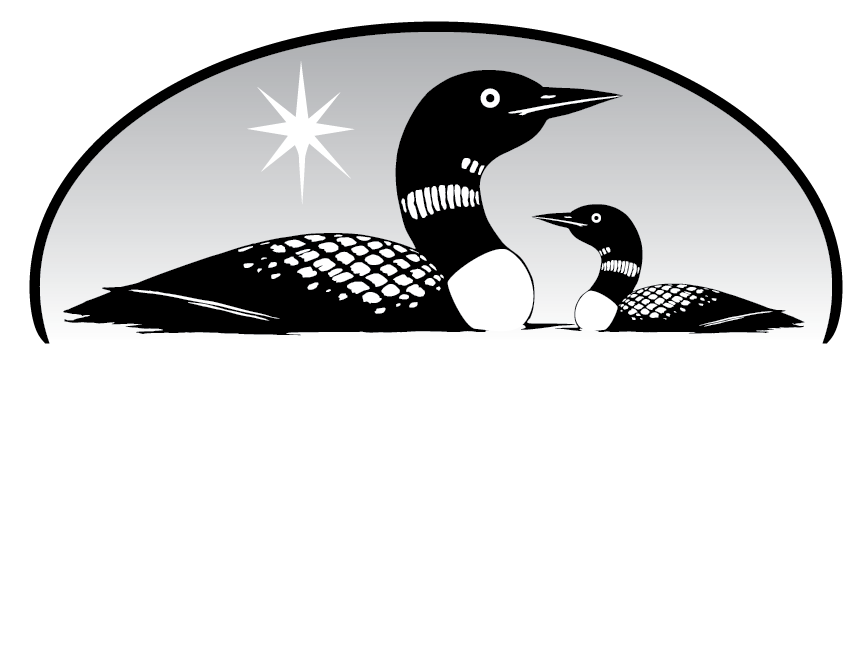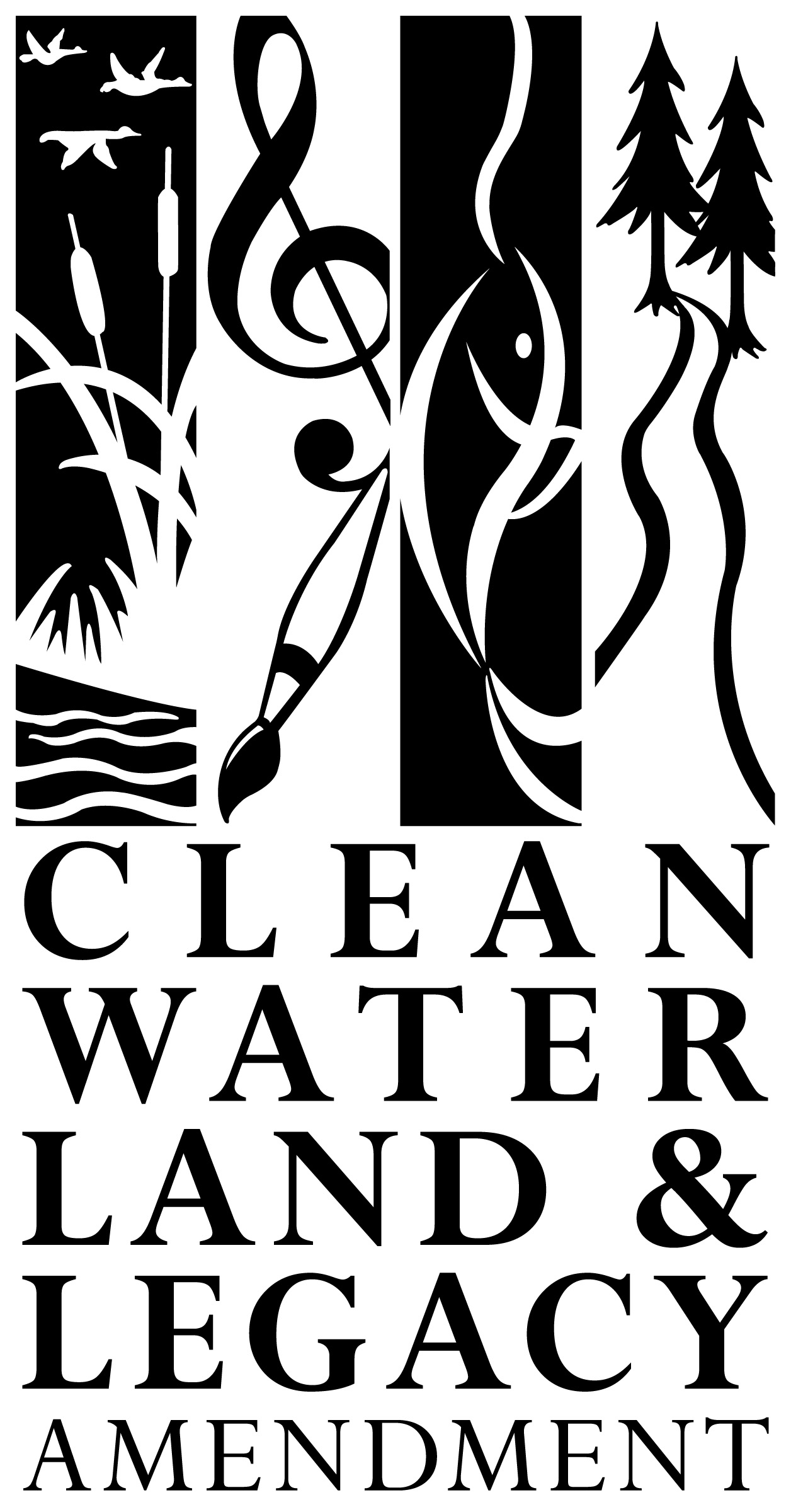Jump to an answer:
- What is a conservation easement?
- How does a conservation easement work?
- What kinds of limits do conservation easements impose on landowners?
- Do landowners have to allow public access?
- Does the Land Trust accept all properties?
- Are landowners compensated for placing a conservation easement on their property?
- Are there any other financial benefits to a conservation easement?
- How do landowners know their property is protected forever?
Could you qualify for a grant-funded conservation easement?
Get the conversation started by providing a few details about your property.
What is a conservation easement?
Each conservation easement completed by the Minnesota Land Trust is individually crafted to reflect the special characteristics of the land, including how it is used. However, certain restrictions are required to protect the natural habitat and associated species.
- A conservation easement safeguards the natural features of a property through voluntary, legally binding, and permanent land use restrictions.
- Lands protected by a conservation easement remain in the landowner’s private ownership. Public access is not required.
- When the land is transferred to a new owner, the easement stays with the land ensuring it is permanently preserved for generations to come.
How does a conservation easement work?
Conservation easements are voluntary agreements through which landowners limit the use and development of property in order to permanently preserve its natural or cultural features for public benefit. A conservation easement is a legally binding and recorded document. Learn more about conservation easements.
What kinds of limits do conservation easements impose on landowners?
Land Trust conservation easement terms generally:
- Permit low impact recreational uses, such as camping and hunting.
- Prohibit or limit agricultural uses, including wildlife food plots.
- Permit vegetation management in accordance with a habitat management plan approved by the Land Trust. The first plan is funded by the Land Trust.
- Prohibit division into separate ownerships. One conservation easement per owner.
Do landowners have to allow public access?
No. Although conservation easements are instruments intended to benefit the public by protecting wildlife habitat, clean water, or other identified important features to our quality of life, a landowner is not required to grant physical access to the general public.
Does the Land Trust accept all properties?
No. The Minnesota Land Trust focuses its efforts on existing or restorable natural habitats that fit within program guidelines. Lands in grant funding areas are oftentimes prioritized.
Are landowners compensated for placing a conservation easement on their property?
Applications to the program will be ranked on both the ecological value of the land and the payment amount desired. When you apply to the program, you will specify a desired payment amount per acre and the amount you choose may affect whether your project is chosen by the Land Trust.
If your application is selected, the Land Trust will use a certified appraiser to determine the value of the proposed conservation easement. Upon finalizing the conservation easement, you would receive a one-time payment, up to 100% of the appraised value. The Land Trust cannot pay more than the appraised value of the conservation easement.
Are there any other financial benefits to a conservation easement?
The Minnesota Land Trust is a 501(c)3 public charity. A conservation easement may reduce a landowner’s tax obligation particularly if part or all of the easement is donated. A gift of an easement may offer landowners favorable advantages when it comes to income or estate taxes. There may also be direct financial benefit if the conservation easement is purchased by the Minnesota Land Trust.
Just like every property is unique, so is every tax situation. The Minnesota Land Trust urges you to consult a professional advisor to determine potential financial impacts.
How do landowners know their property is protected forever?
When the Land Trust protects a property with a conservation easement, it is also accepting the perpetual responsibility to steward that property indefinitely. That means that the Land Trust will work with all future landowners to ensure that the conservation values protected by the easement are protected in perpetuity. We do this through regular annual monitoring visits, by staying in touch with landowners, and by being prepared to defend the easement terms legally if necessary.
To ensure that the Land Trust is able to meet these obligations, the Minnesota Land Trust has created a dedicated stewardship and enforcement fund to provide a long-term, ongoing source of income to cover the ongoing, long-term costs associated with monitoring and managing our portfolio of conservation easements. The fund is also available to cover extraordinary expenses associated with managing, upholding or defending an easement should its terms or validity be at risk.
The Minnesota Land Trust is accredited by the Land Trust Accreditation Commission, and qualified to hold conservation easements under Minnesota State Law.

Find out if a conservation easement is right for you.
Get the conversation started by providing a few details about your property.
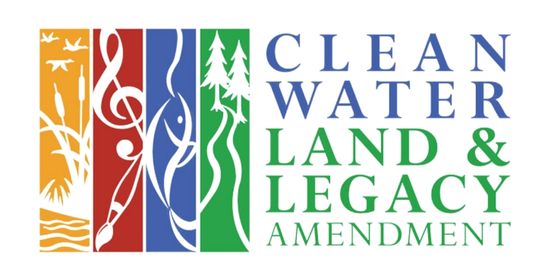
Funding for this program is provided by the Outdoor Heritage Fund as recommended by the Lessard-Sams Outdoor Heritage Council.
